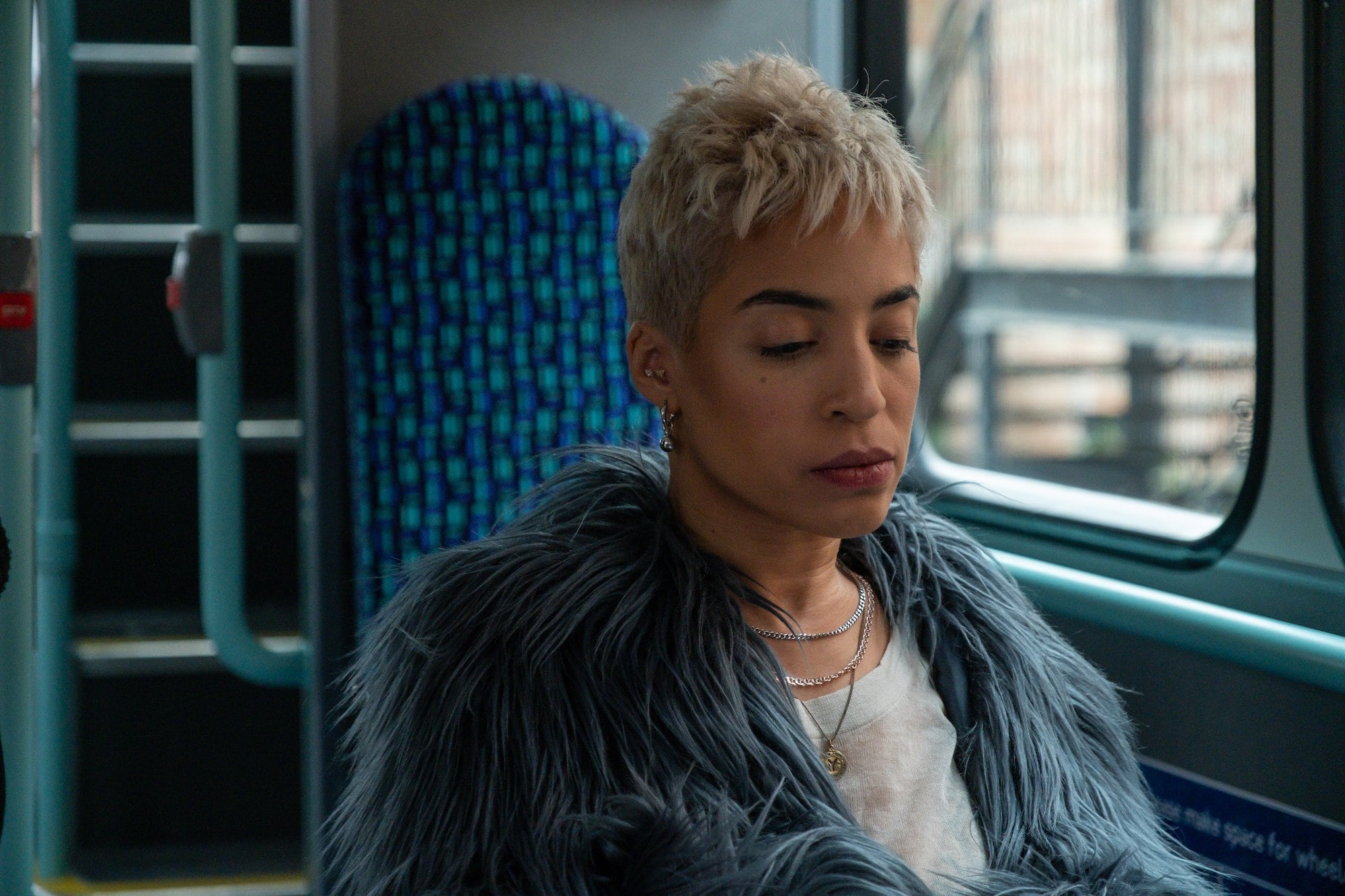
Representation and inclusion matter. Everyone should be able to see themselves reflected in characters in film and TV and not merely in the lip service one-dimensional stories often seen, especially in relation to those with disabilities. My Eyes are Up Here, directed by Nathan Morris, is a perfect example of how to do it the right way. A classic story of waking up, bleary-eyed next to someone who you don’t know very well and the ensuing panic upon discovering a split condom. It’s a widely universal tale and treated exactly that way by Morris. The New Zealand-born director immediately connected with Aminder Virdee’s script whose authenticity and raw character-led narrative he could easily see translated visually. My Eyes Are Up Here is at its very core a familiar tale of girl meets boy, yet goes beyond that simplistic framing to reflect on the way we treat people we deem as different. In our conversation below with Morris for today’s premiere, we discuss the challenges he had finding accessible friendly locations in our very ableist world, working with lead actor Jillian Mercado to cater to her lived experiences and give her ownership of her role and how they ensured that representation and inclusion were central to every part of the production.
How did you come on board as director for this film?
The film comes from real life. It’s very much inspired by one of the writers, Aminder Virdee’s real-life experiences. She’s an artist and activist amongst many other things. Our other writer Arthur Meek saw her performing a play at the Edinburgh Festival a few years back, he loved the way she infused humour into various situations of her life that some of us able-bodied people would really struggle with. They met afterwards and talked about making a short film, they hit it off and both saw huge potential in a story that had never been told before on film – so they got to work. I was later introduced to Arthur, he showed me the script after some strong-arming and I loved it on first read. I could see it in my mind straight away, and it really resonated. I loved the visceral language and the humour and of course, our hero, her strength and complexity. I also felt the message behind all of this was important and needed to be told. I learnt so much just by reading the script, it was eye-opening for me, so then my task became how to convince them that I was the right guy to make this film, thankfully they trusted me!
From there I hunted for producers which took quite a while but the strength of the script shone through as I managed to find Katie Dolan and we then started to pull in more people. The team changed a lot before we settled on what it is now. We then applied for funding which delayed the making of the film as we kept finding ourselves rejected until Katie called me with the amazing news that the BFI had come on board closely followed by the BBC.
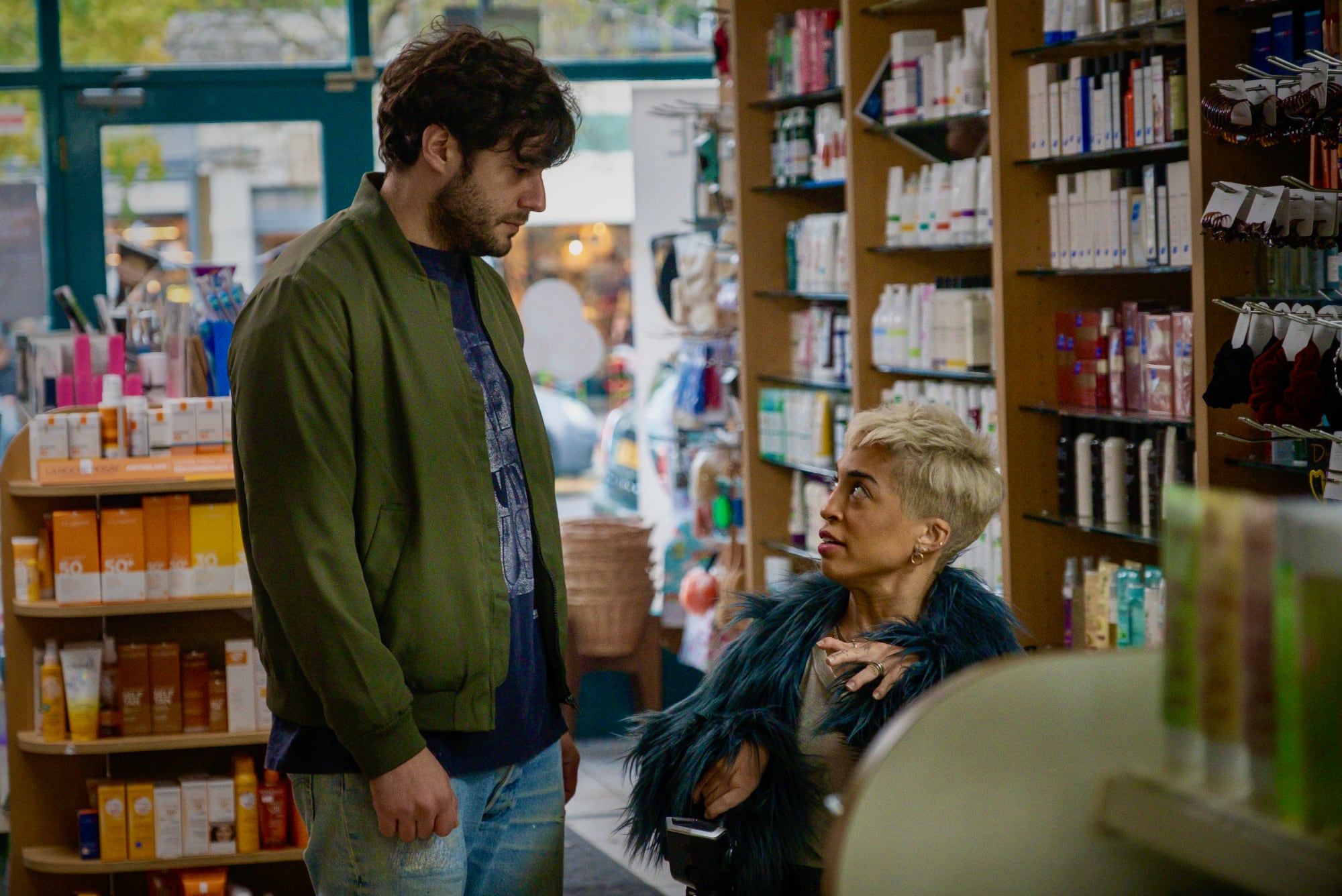
What were you looking for in a producer who would be able to specifically manage this short film?
Finding producers for short films can be a difficult part of the process, you’re looking for someone with the experience to pull off the shoot, and that good energy. But often producers with that kind of experience are wary about getting involved in a passion project. But like almost every hurdle in filmmaking, you need to see it as a positive, as it means the producer has to really believe in the script, so you, as a director, have to ‘sell’ it to them. The first thing I look for is therefore someone who loves the script. Katie Dolan initially passed but then called me back a few weeks later to say she was in – I kinda loved that. It’s great to have someone with different connections and strengths to yourself. Most of my experience is on the production and creative side of things. I struggle with logistics sometimes, so I’m looking for someone to balance that out.
I wanted to capture that horrific feeling we’ve probably all had: waking up with the biggest hangover in the world in some stranger’s room, that’s like a true horror.
I think it’s important to be on the same page in regards to the creative vision but I like being pushed and appreciate a difference of opinion and anything that gets me questioning a creative choice. Someone to bounce ideas off helps immensely and we all need a cheerleader from time to time. I was lucky in this project to have a trifecta of producers as Katie brought on another couple of other producers to help her – Vanessa Muir who had a stroke in 2016 and so has experience of disability herself and Naomi Wallwork who has a legal background and lots of experience dealing with the various requirements of our funders.

I really love the horror vibes you open with, brilliantly diverting our expectations.
That’s great! I’m glad you enjoyed it. I really like curveballs being thrown into films but always for a reason. I wanted to capture that horrific feeling we’ve probably all had: waking up with the biggest hangover in the world in some stranger’s room, that’s like a true horror and something most of us can relate to. There’s a really special moment in film: the first few moments, you can almost do whatever you want and the audience will be very forgiving. They’ll lean in if they don’t understand something and be curious. That’s a huge contrast to later in the film where often people just get annoyed when they don’t understand something. Subverting expectations is something I really enjoy doing which I wanted to do with her getting in the wheelchair, just reveal it super casually which I think surprised a few people watching.
The practical use of the sign as a ramp perfectly encapsulates the ableist world we live in, were there lots of situations like this you came across during production?
The ramp is something that actually Jillian had experience with in real life. The scene was always in the script but we modified it a little to work better for Jillian. I noticed throughout production that disabled people are super resourceful, often as a result of the world being so ignorant of their needs, which needs to change. And yes, this happened through production. In fact, just finding some steps near an accessible bathroom was a surprising ordeal. I remember pounding the streets with Katie until midnight the night before as our previous location fell through. You’d find a perfect location within the budget and then there were steps to the restroom which was unusable, it was a very difficult challenge and a steep learning curve for us. Making shorts is always difficult but I think we had a few extra challenges (and of course, it was the end of COVID). Looking back we can see our experience in production mirrors Tom’s experience in the film, he wasn’t aware of so much and learnt so much – of course, we were planning and more prepared but I think most of us able-bodied people were very surprised at the difficulties.
Looking back we can see our experience in production mirrors Tom’s experience in the film.
Jillian Mercado is a powerful force on screen, did you always have her in mind to play the role?
She’s awesome, I really enjoyed working with her – I felt lucky! My favourite part of this entire process was working with Ben Cura and Jillian to create a believable relationship. That’s something I’m very proud of in the film. I owe a lot of that to working with Miranda Harcourt, an excellent acting coach who had some brilliant ideas about creating the intimacy between them. Initially, the script was based on the life experiences of Aminder, but we knew about Jillian and we were excited about her playing the part so we approached her. Jillian had a read, she said she could relate to a lot of it as well, which felt great. For the script to resonate with her it told us we were on the right path! Once she was on board, we sat with her and re-wrote the script to be more appropriate to her while still making sure it remained authentic to Aminder’s experience.
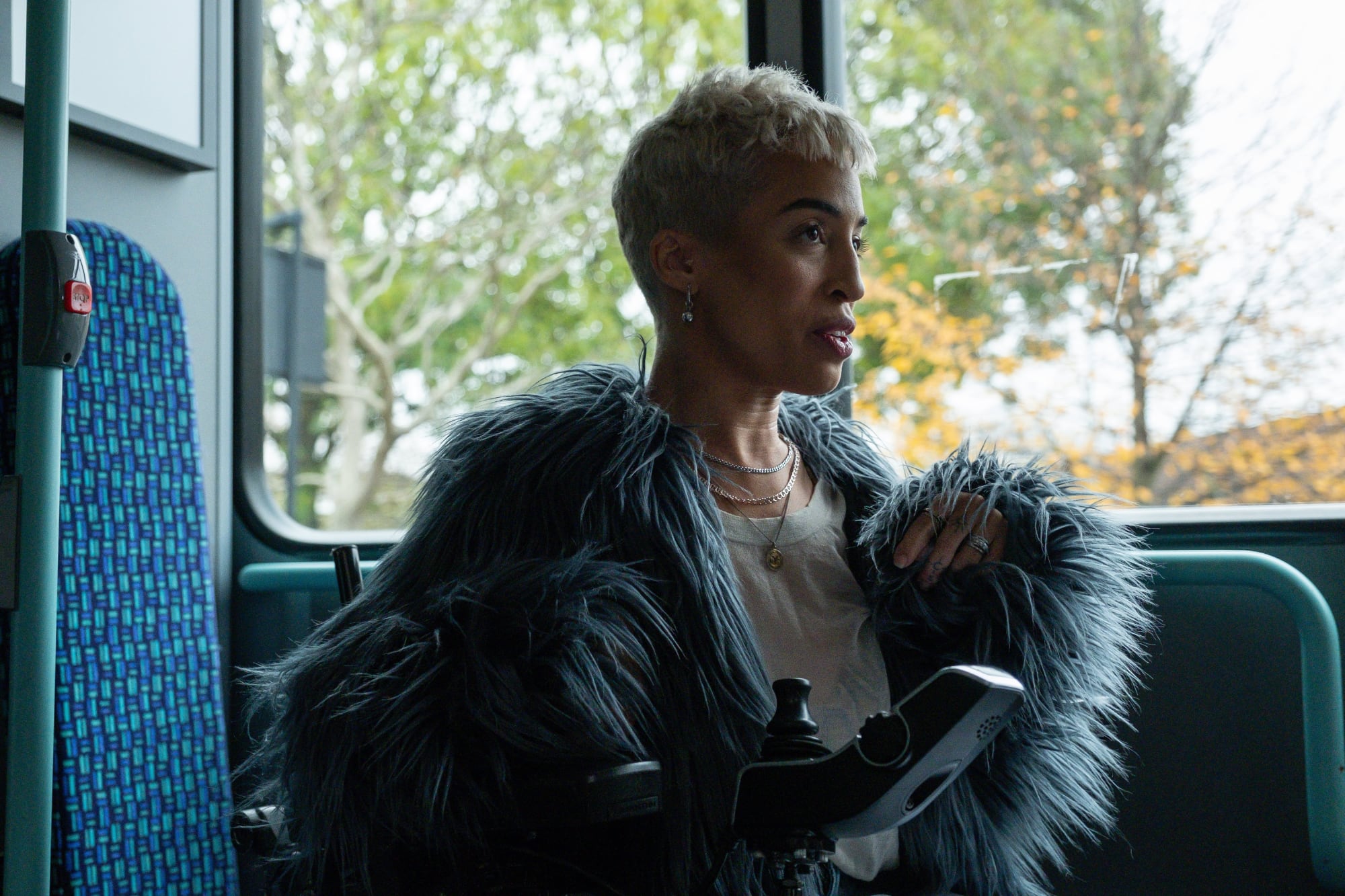
Were there any significant changes to the script from Jillian’s input?
The changes weren’t massive, but they were changes we wanted to make to ensure it was authentic to her and Aminder’s experiences, which, if there was a Venn diagram there would be a big chunk overlapping. But there were a few differences that we wanted to make to keep that authenticity factor high – it was great to be able to give Jillian ownership of her character as well.
The scene on the bus must have been technically tricky to capture with all of the different angles and points of view.
The bus scene was quite an adventure! So much happens on that bus, Sonya stands up for herself which is brave, but then ultimately it’s such a heartbreaking moment. Why should she have to go through that? And then Tom tries to connect and she doesn’t let him in – so there was a lot for me to capture. Most days we were behind time-wise despite our best efforts, so that put a lot of pressure on me. The bus scene in particular had its challenges, when your set is driving around public streets of London there are going to be issues. Everything that could have gone wrong did, including the bus breaking down so we lost our light. I had a cigarette at one stage to lower my blood pressure (I do not smoke) but things that don’t kill us make us stronger, right?
In the end, we had to throw out that day (I think one shot got used) but through some masterful producing we managed to wrangle another day of filming! So, it became a silver-lining moment as it turned out that I had just been handed a brilliant rehearsal day. We were lucky everyone came back with really great attitudes and we nailed it. On the bus itself, there were complexities with the sun moving and traffic, we’d have an awesome take and then the sun would blast Jillian’s face near the end. And of course, the monologue was quite a challenge for Jillian. I call the bus scene her ‘fight scene’. It needed a very honest and raw performance and Jillian shines! I still get a shiver, it’s probably my favourite scene. It was hard but I’m proud of it.
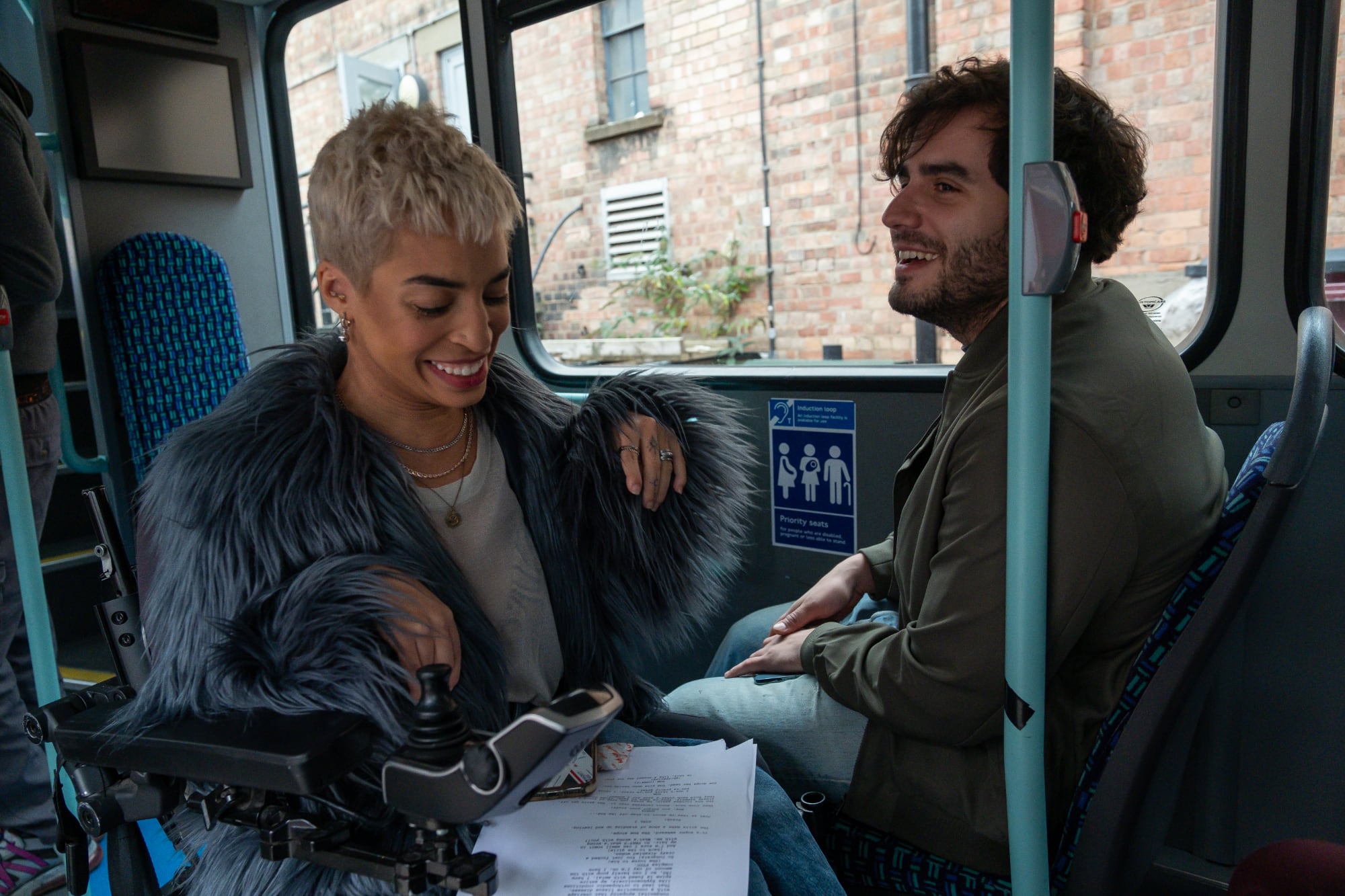
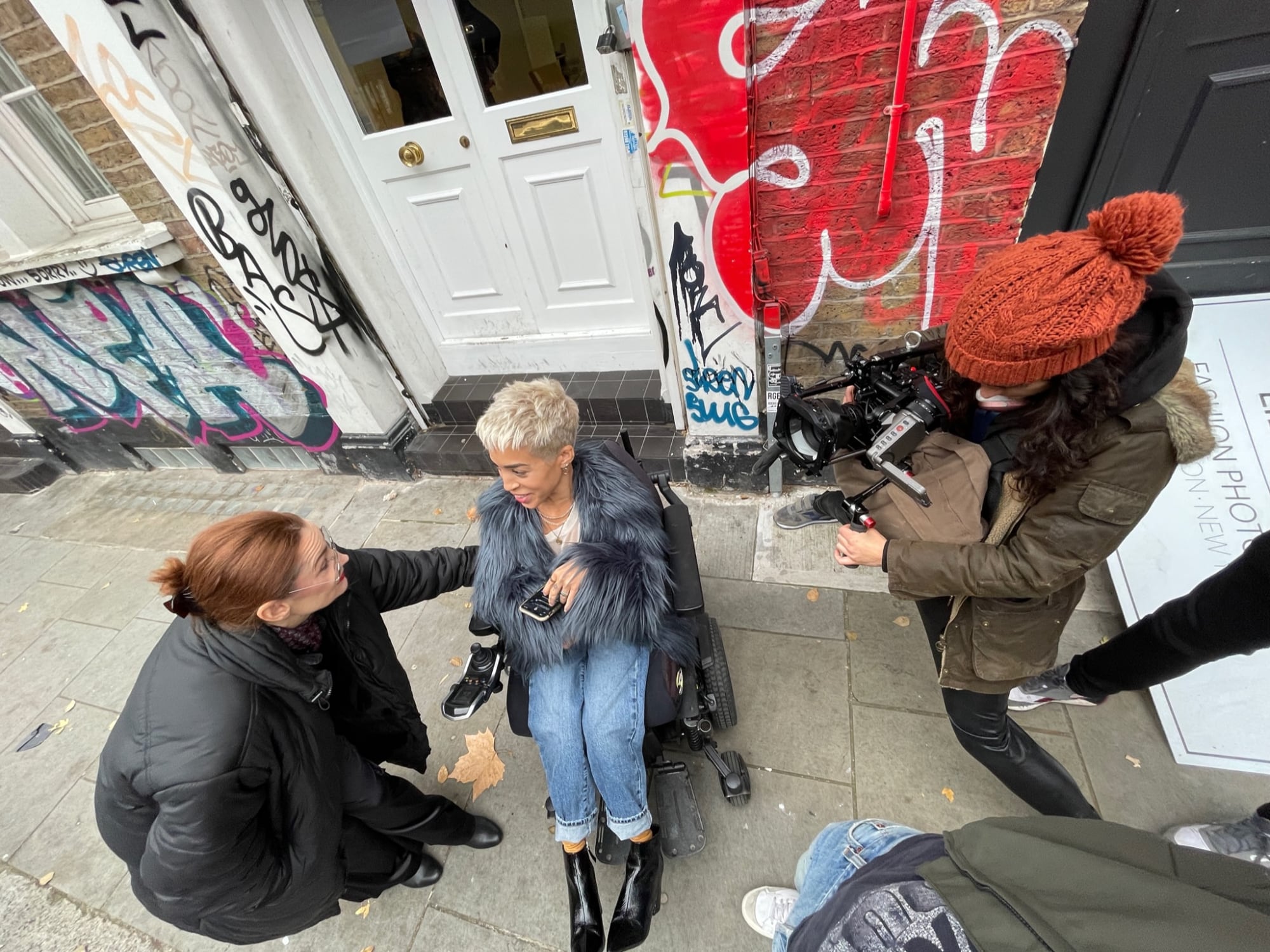


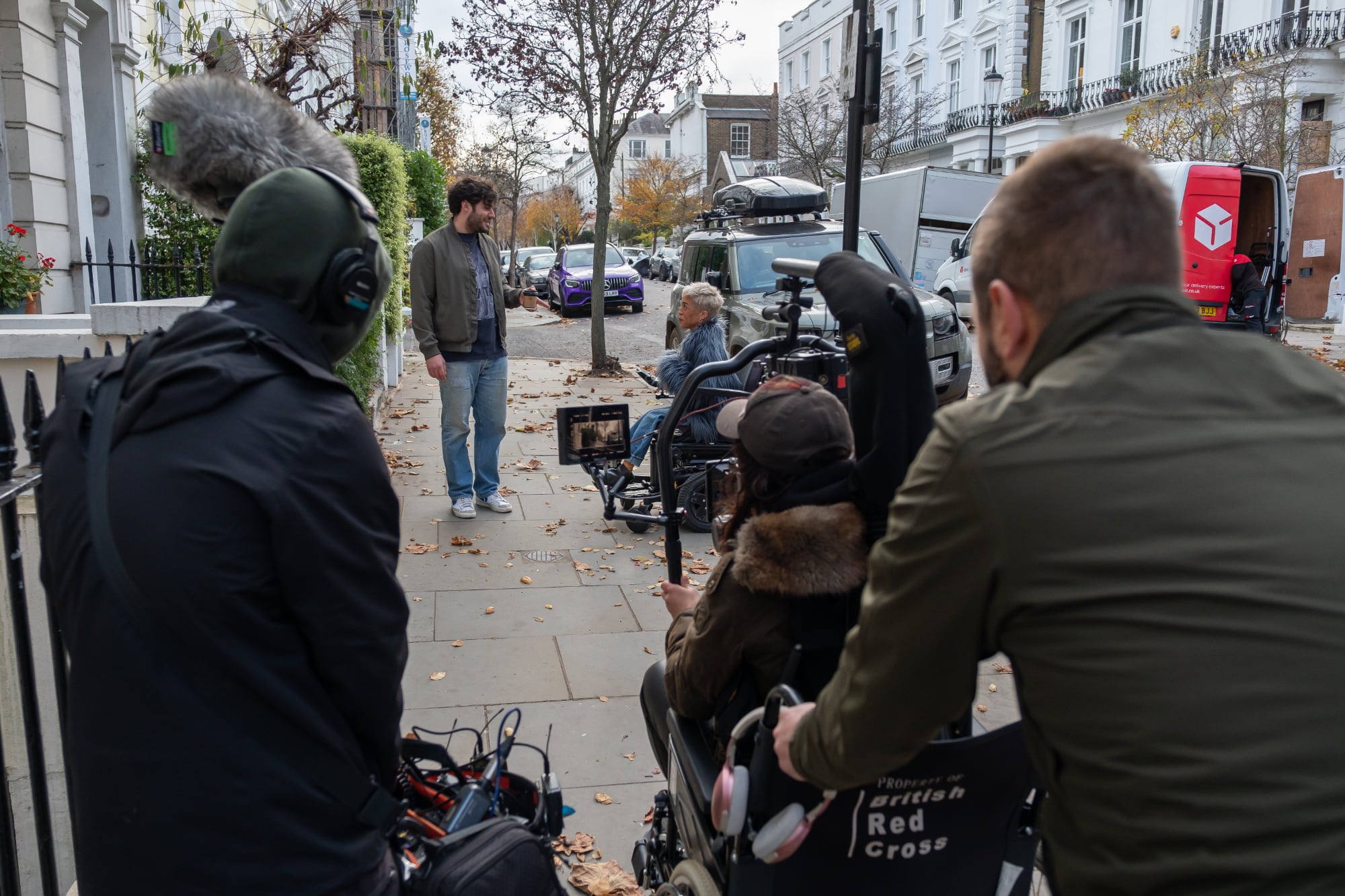
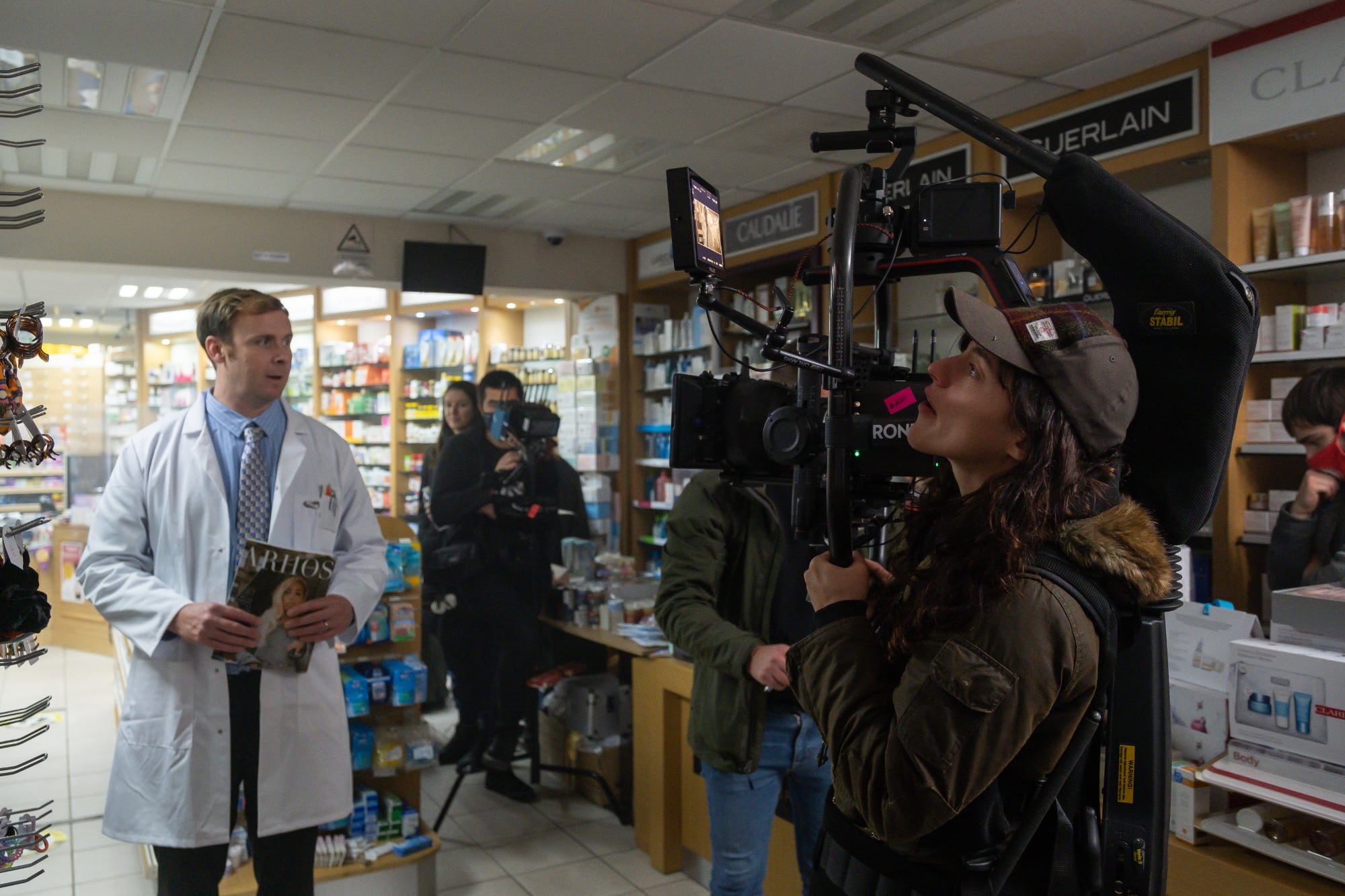
How did you ensure that the representation and inclusivity of My Eyes Are Up Here was done properly?
I’m a white able-bodied guy. I would call myself the white able-bodied elephant in the room during production. I was really worried about getting the gaze and tone of the film wrong, by being ignorant. It was a really interesting challenge. I don’t want to be seen as a ‘white saviour’ and I don’t want to be seen as talking for someone, I want to be an ally. I think my experience in documentary helps with this here. In a documentary you’re often trying to capture someone’s essence, their experience and their emotion without tainting it with your own. Now in particular it’s quite a tricky time when a lot of people have been overlooked and aren’t given opportunities other than white male directors, who’ve had the lion’s share of work for so long. It’s good that’s changing, it’s good for the industry, it’s good for the viewers and means more interesting perspectives and stories are being told, and that’s what this is all about.
I wouldn’t have made this without an accessibility consultant and I’d love to work like this again. It’s taught me a lot about empathy.
So it was vital to have writer Aminder working with me as both Accessibility Consultant and Director Attachment. She was alongside me at all times with every creative choice, making sure the gaze, tone and emotion were authentic and true to her vision. So it was a great combination of us working together in tandem with her learning a lot about filmmaking as she got to experience the entire process. I think at times she was surprised at how intense it was while I was surprised at how difficult the life of a disabled person can be. I wouldn’t have made this without an accessibility consultant and I’d love to work like this again. It’s taught me a lot about empathy. Overall, there’s a real strength to having an inclusive set, it’s something we shouldn’t be afraid of – but run towards as filmmakers.
Your inclusive set also bled into the crew roles.
We tried to be inclusive with our crew as much as possible, to reach out to people in groups who are often marginalised. We worked with a couple of organisations to give opportunities to neurodivergent trainees. For me, particularly with this film, it was a no-brainer. I love collaboration, when you’re on set and you have people in the crew with similar experiences to what’s happening in the scene. It’s great to get a note from a boom-op or someone giving you a brilliant note that brings the scene alive, something I wouldn’t have thought of. It’s like having a bunch of mini-story writers.
My job as a director is to funnel all of it to make sure we get one clear vision and tone because directing by committee doesn’t work – too many ideas just look like confetti. But this came with its challenges too because certain groups that are overlooked and not given opportunities, sometimes their skill sets aren’t given the chance to grow and flourish – it’s a classic Catch-22. So what we tried to do where we could was if someone wasn’t experienced enough they got to come to set and they got to shadow the HoD. They got to see what was happening and they got the opportunity to be involved and gain some vital experience. It wasn’t perfect and we got some of it wrong, but I think we got a lot right – it’s something I would do again and again given the opportunity. I think it comes down to how you want to be treated. I would love the opportunity to be mentored by a director more experienced than me and it’s even more important to offer this to people who don’t have opportunities. And it makes the story richer and better.
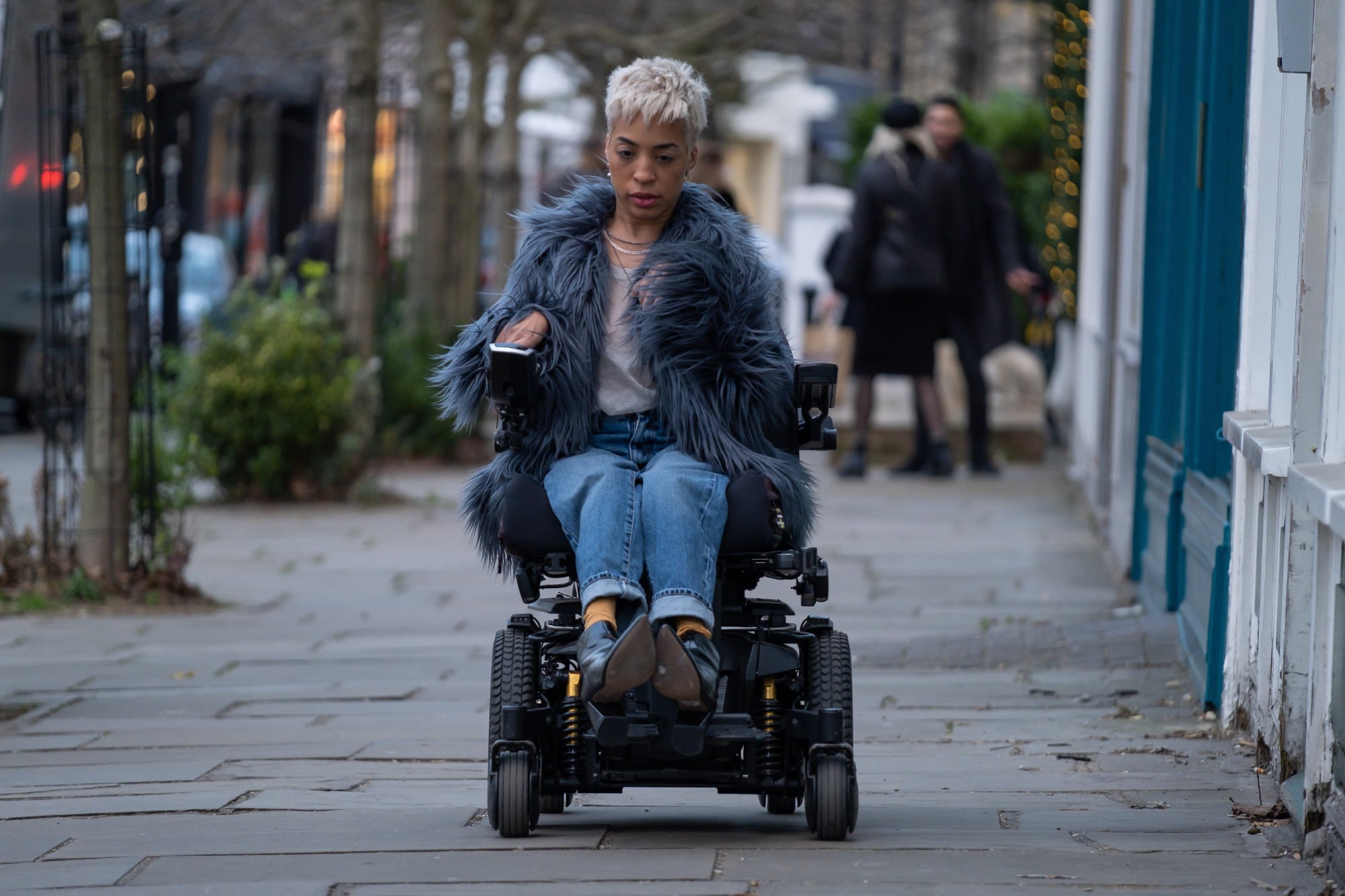
My Eyes Are Up Here has had a very impressive festival run screening at the London Film Festival, Tribeca, Slamdance and Aesthetica to name a few. How have you found that experience and why do you think the film has resonated with so many?
We’ve been absolutely blown away and delighted by the festival run. I didn’t expect it to do this well! I worked so so so hard on this film (for literal YEARS). It was so very important for so many people behind it. It was important to get it right, to represent voices that aren’t heard or seen often. So to do so well in festivals has been validating! Also, it’s been emotional, I’ve cried more than once to be honest. I remember when we premiered at the BFI London Film Festival – opening night – sold out! (No pressure, right!?). I was sitting at Southbank and the huge screen at the glorious BFI, and when we came on the screen I was panicking, so, so nervous but the reactions were just so great. Watching an edit in your undies at home is exceedingly different to watching on a huge screen with a bunch of strangers! To be in the crowd, you could feel the response. It’s nerve-racking, but oh so special. Tribeca was also an incredible experience, a wonderful crowd who just clicked with it. We even played in Kyiv recently and to speak with those people (via the internet) was so heartbreaking and special. I’m from New Zealand so I’m always slightly embarrassed about my work but it’s been super encouraging and I’m so grateful for it.
Watching an edit in your undies at home is exceedingly different to watching on a huge screen with a bunch of strangers!
I think it resonated with people because the universal themes of love, trust, intimacy (and hangovers) are relatable. Ultimately she is empowered which is awesome. We’ve only scratched the surface of what we can tell with this story and I think as a team we have developed a really special way of telling stories like this. I hope I get another opportunity to make more stories that resonate with people in the future.
What’s next?
We are in the process of expanding the world the short film created into a television show. I can’t wait to get it out there, it’s fun to write and really interesting. I’ve also just received a seed grant from the New Zealand Writers Guild to help me develop a feature film script, a story based on my own experience of growing up in New Zealand. It’s so encouraging and brilliant, I can’t afford to live and write at the same time so receiving a grant like this is amazing. I’m really excited to be given the opportunity to work hard. I can’t wait to see people react to these new projects.


